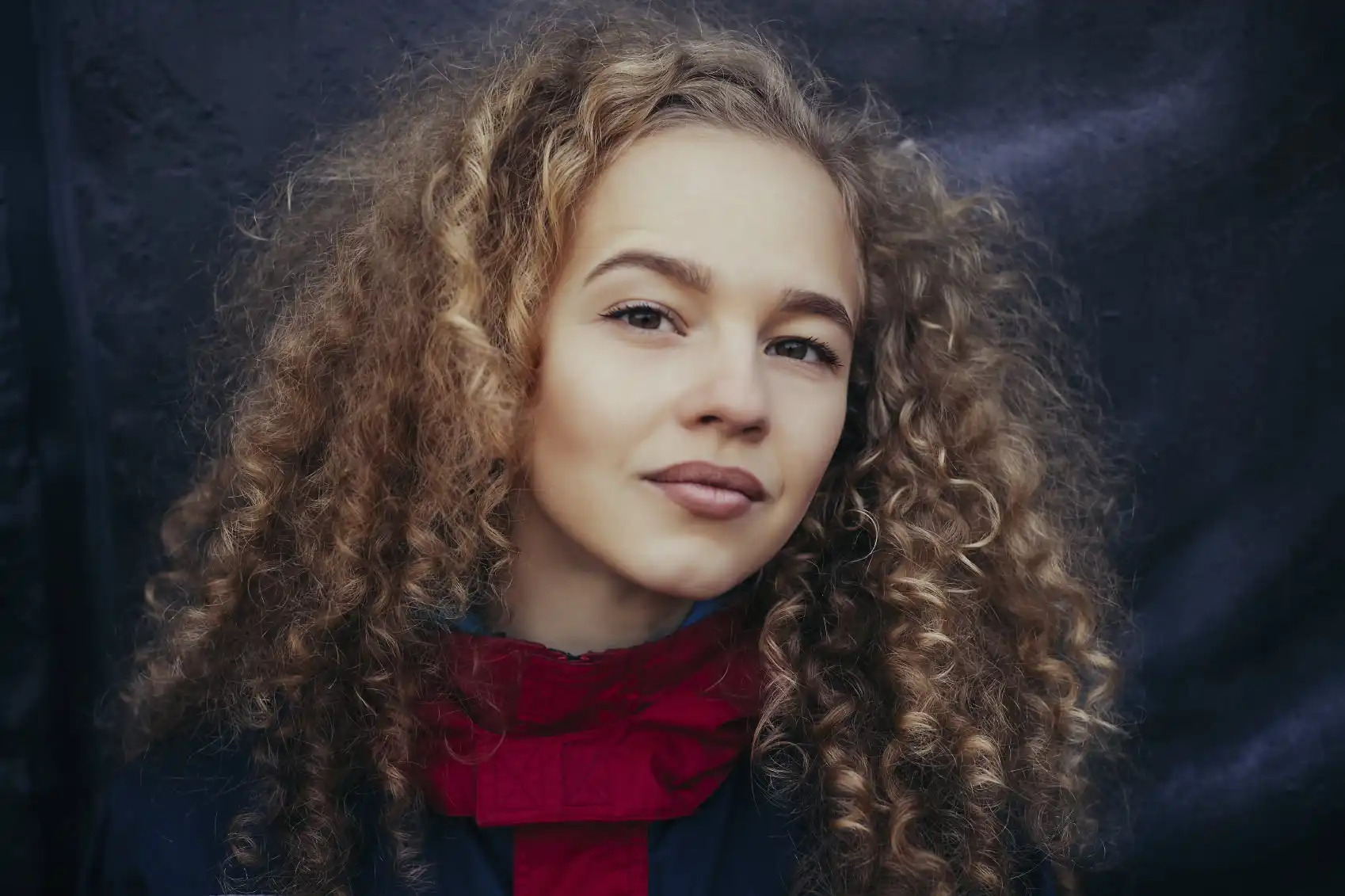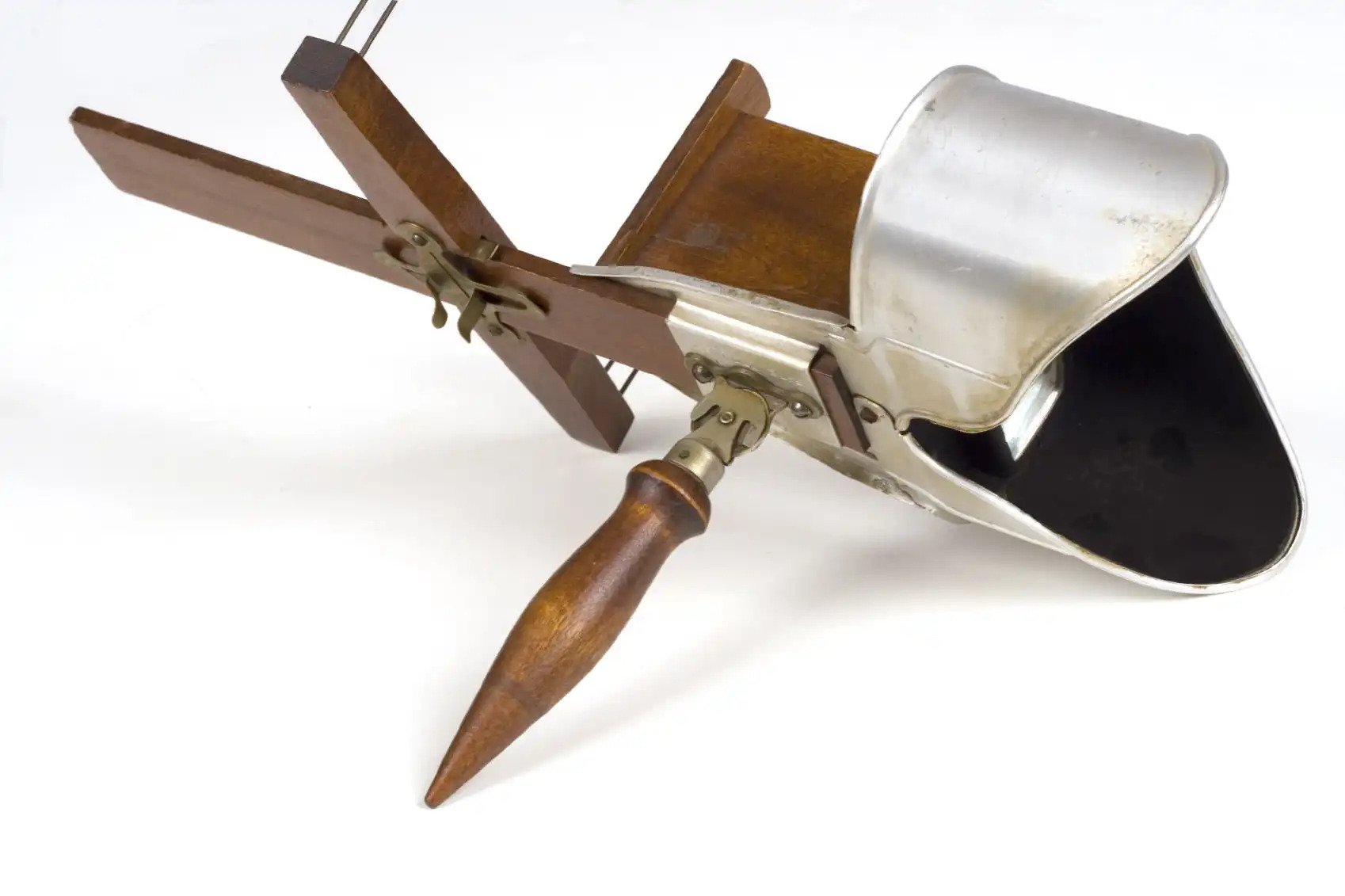Articles
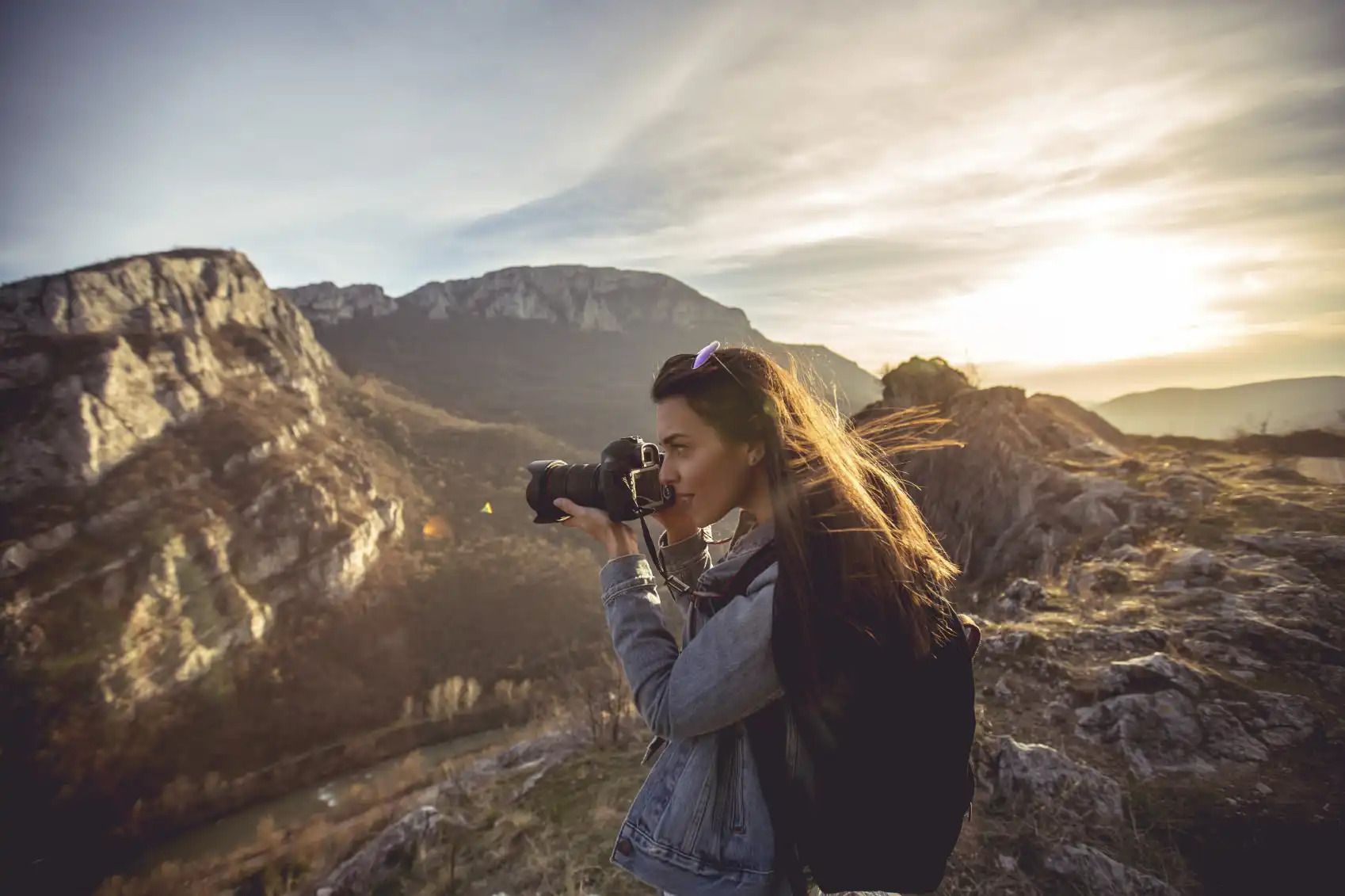
Four Tips from the Pros for Getting More Out of Your Camera
Photography Talk
Modern cameras have an incredible number of functions, dials, buttons, and settings, which, for many photographers, can be a bit overwhelming.
To help you sift through all the functionalities of your camera, we consulted with a few pros to see what they recommend in terms of the camera tools you absolutely need to learn to take your photography to the next level.
{module Google 728x90}
Don’t Be Afraid of Exposure Modes
Stepping away from full auto shooting and using an exposure mode, like shutter priority or aperture priority, will give you a greater ability to take impressive shots.
For action shots, like sporting events, shutter priority mode is a great choice because you can choose to freeze motion or blur it. You set the shutter to the desired speed - fast to freeze motion or slow to blur it - and the camera automatically adjusts the aperture to work with your selected shutter speed for a well-exposed image.
When depth of field is the more important factor, such as with portraits, using aperture priority mode is a good choice. You get to set the aperture to your desired setting - large for a shallow depth of field or small for a large depth of field - and the camera will select the appropriate shutter speed to get a well-exposed image.
Getting some experience shooting in aperture priority or shutter priority is a good step towards shooting in full manual. Why? Aperture priority and shutter priority give you some, but not all control. You can get comfortable working with shutter speed, then aperture, and once you feel competent doing so, you can move on to the ultimate in control: shooting in manual mode.
Try Spot Metering
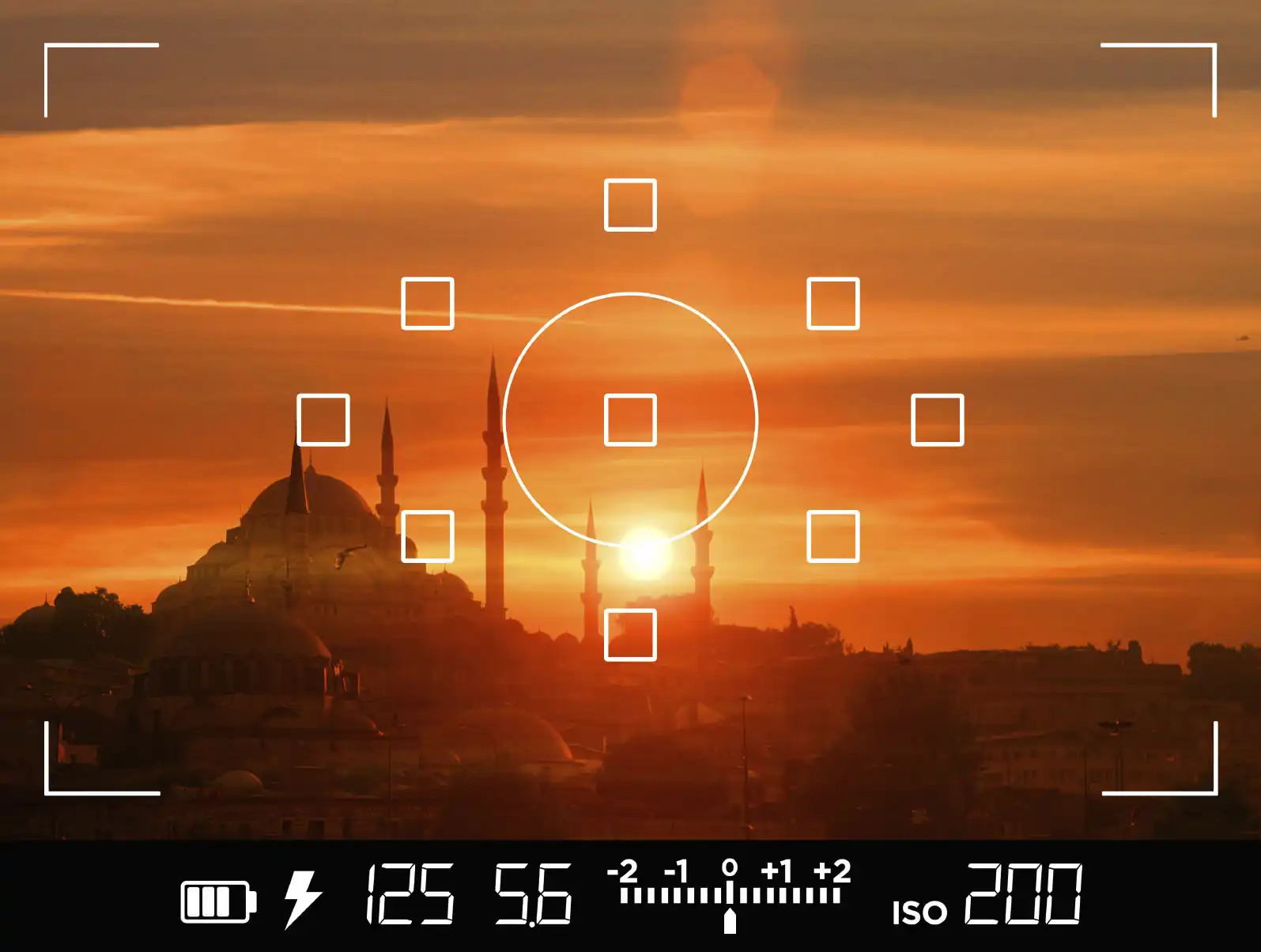
The default metering systems of today’s cameras usually work quite well. Generally speaking, the default setting is evaluative or matrix, but these don’t provide the pinpoint exposure control that spot metering offers.
With spot metering, you select a point from which your camera will meter. This will help you ensure that your main subject is well exposed, no matter what the lighting conditions. In high contrast situations, spot metering also allows you to take a mid-tone reading to account for the wide range of tones. Spot metering is also used by many pros in backlit situations, where metering systems that use multiple points are often tricked into underexposing the scene due to the intense light in the background.
Pair Spot Metering With AE-Lock
When lighting is tricky, and when you’re in aperture priority or shutter priority mode, auto exposure lock (AE-Lock) will allow you to lock in a certain exposure value. This is hugely beneficial in high contrast situations because you can use spot metering to get a mid-tone reading and use AE-Lock to establish the exposure at the suggested value. In some situations, the lock only lasts a few seconds, but it’s certainly long enough to compose the image and take the photo with the comfort of knowing that the exposure won’t change once you press the shutter button.
{module cameras T4i}
Use Back Button Focusing
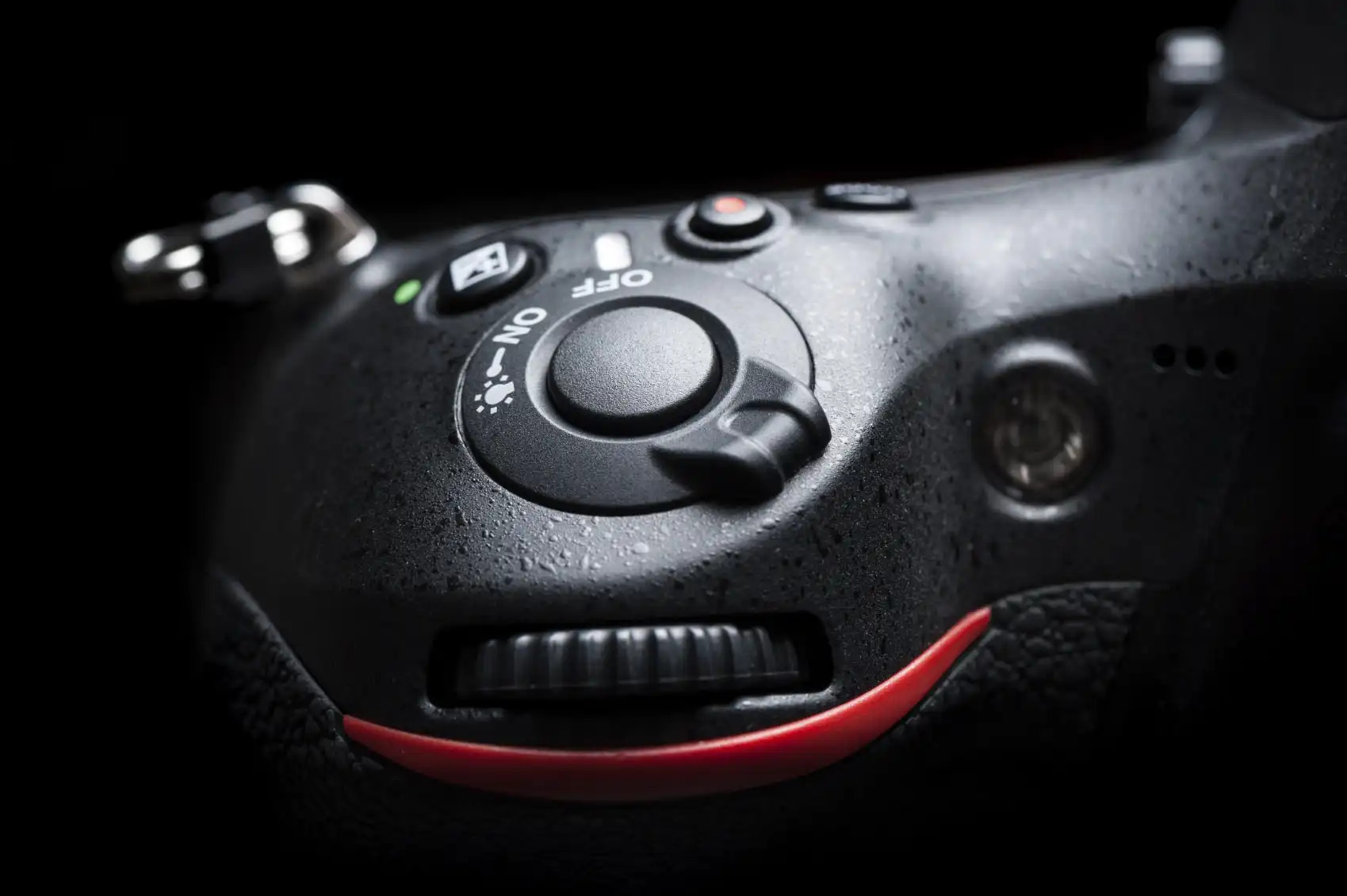
Chances are your camera came ready out of the box to focus the lens when the shutter button is pressed down halfway. But the pros have an easier and more effective way of controlling focusing: back button focusing.
The problem with using the shutter button to focus is that if you’re waiting for the scene to change, like for a moving subject to enter the frame, you have to keep the shutter button depressed halfway the entire time, otherwise the focus may change. The other issue is that sometimes in your zeal to get the shot, you might press down too far and take a bunch of photos you didn’t intend to take.
Back button focusing alleviates those obstacles because it removes the focusing duties from the shutter release button. So, the shutter release is then just for taking pictures, while the back button (labeled AF-On, in many cases) handles the focusing. That means that you can take shots without refocusing and without worry of pressing down too far on the shutter button.
One way that using the back button is especially helpful is if you’ve focused the camera and another object, like a person, wanders through the shot. With back button focus, the camera won’t readjust to focus on the random person, but will maintain focus on the original subject, unless of course you push the AF-On button.
{module Article bottom share buttons}
{module Recommended Reading}

